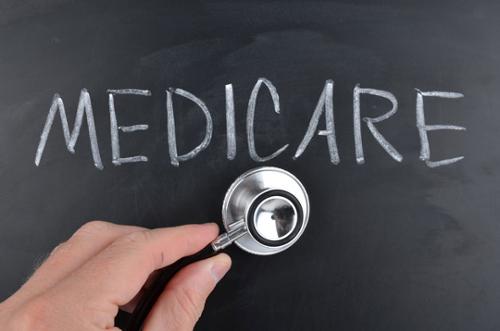As with most healthcare legislation, MACRA is complex and has many regulations. Since most of us do not have the luxury of expansive free time we will review the highlights of this Act so you can be ready for the 2017 start date.

Last year, the Center for Medicare and Medicaid Services (CMS) approved the passage of the Medicare Access and CHIP Reimbursement Act (MACRA). This Act ushers in welcomed changes to the way you will be paid for services provided to Medicare patients. It emphasizes the importance of healthcare quality measures over volume measures. MACRA changes the reimbursement landscape by eliminating the rather unpopular Sustainable Growth Rate (SGR) formula and instituting a new Quality Payment Program model to calculate provider payments.
The Quality Payment Program (QPP)
The new CMS model is referred to as the Quality Payment Program (QPP). This program will be rolled out in stages over the next few years and will provide 2 new alternative pathways for reimbursement.
These new Medicare QPP reimbursement pathways consist of:
- Merit-Based Incentive Payment System (MIPS)
- Alternative Payment Model (APM)
Merit-Based Incentive Payment System (MIPS)
The new Merit-Based Incentive Plan System (MIPS) is the pathway most physicians will likely be seeking payment through. The MIPS pathway determines your Medicare payments based on scores you receive in 4 performance-related categories. The currently utilized Physician-Based Reporting System, Meaningful Use Program and the Value-Based Modifier have been adjusted and combined with a new "Clinical Practice Improvement" category. CMS states that this new category can include clinical practice improvement activities like care coordination and safety checklists to name a few. A weighted composite score is calculated based on the scores you receive in the 4 performance categories. This composite score is then used to determine your payment adjustments as "neutral, negative or positive". According to CMS, these adjustments will begin at 4% in 2019 with incremental increases to reach a target of 9% by 2022.
The Quality Payment Program is set to begin January 1st 2017. During that year you will undergo a performance evaluation period. This period establishes a baseline for future evaluations by assessing quality measures and technology use in your clinic. If you choose not to participate or submit any information, CMS states you will "receive a negative 4% payment adjustment" in 2019 when the payments begin.
What if I'm not ready to start on January 1st 2017?
According to CMS, you can start the program anytime between January 1st and October 2nd 2017. Performance data needs to be submitted for review by March 31st 2018.
Do MIPS requirements apply to all practicing clinicians?
No, MIPS requirements do not apply to everyone. CMS states that clinicians or groups that don't meet minimum annual Medicare B established thresholds for billing ($30,000 or less) or Medicare B patient census (100 patients or less), first year Medicare B participating providers, certain APM participants and hospitals or facilities are excluded.
Alternative Payment Model (APM)
The Alternative Payment Model is one that rewards you with "incentive payments to provide high-quality and cost- efficient care" as it pertains to specific populations or medical conditions. There are also Advanced APM's. CMS states that for a provider to be an Advanced APM they must be part of an approved model, use a certified EHR, assume financial risk and report MIPS- like quality measures. If you have a certified EHR system it should be enabled to collect the quality measures necessary for reporting. Some Family Practice providers may find that the APM path is a better fit and provides more payment incentives due to the nature of their practice. Keep an eye out over the next few years as CMS plans to expand the models included in this category.
-
MACRA establishes many new requirements that can affect each provider differently. For more information on MACRA and how it may affect your individual practice, learn about the Education & Tools or explore the Quality Payment Program website.